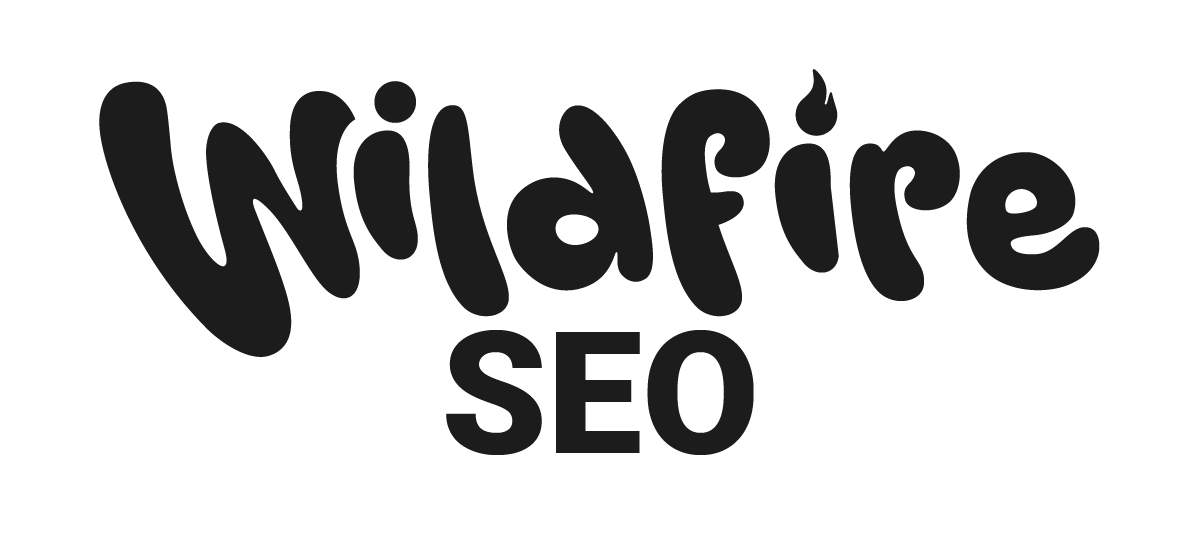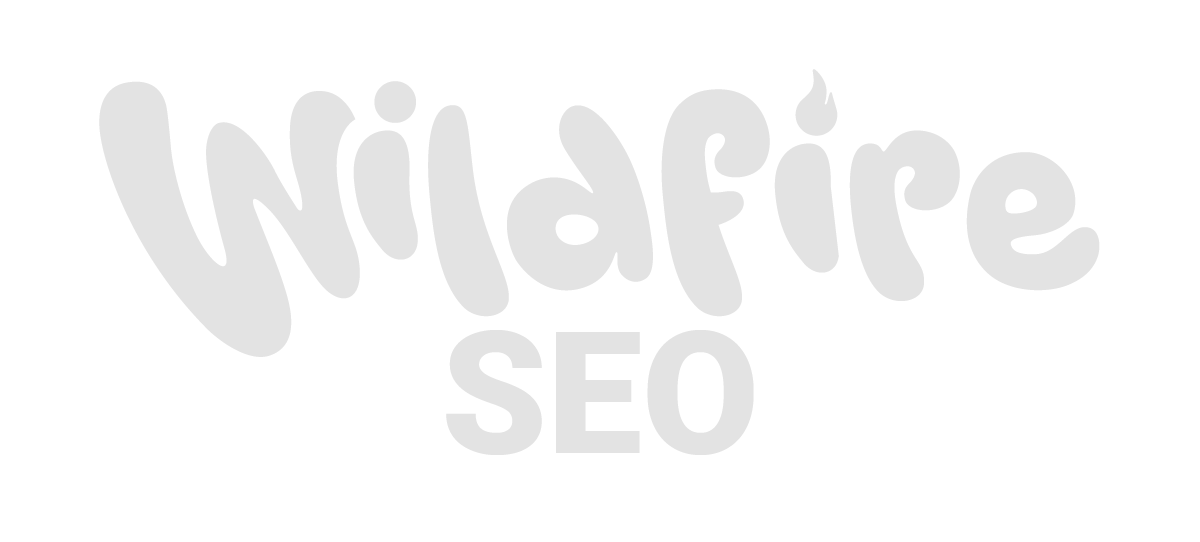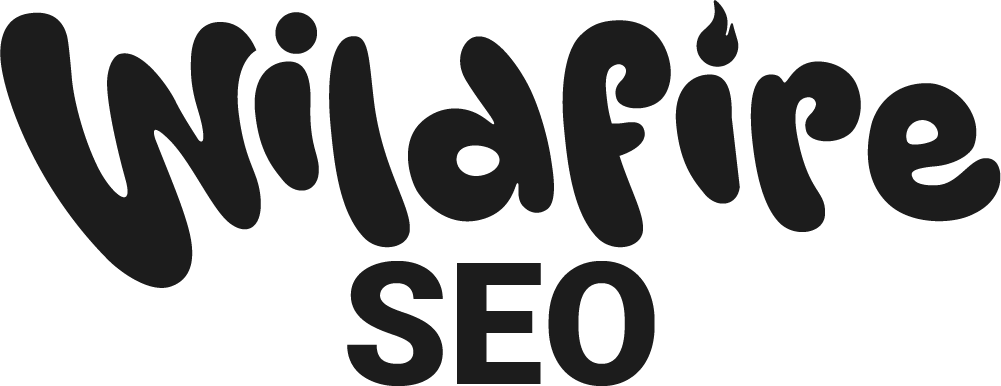
How an SEO Company Tackles Images and Videos
In today’s digital landscape, visual content plays a pivotal role in engaging audiences and driving traffic. For businesses aiming to stand out, partnering with a proficient search engine optimisation company is no longer optional—it’s essential. As visual media dominates web pages, understanding how SEO firms approach image and video optimisation is key to unlocking higher rankings and better user experience.
At its core, image and video SEO revolves around ensuring that multimedia content not only looks good but also communicates effectively with search engines. The motivations behind this focus are clear: faster loading times, improved accessibility, better indexing, and higher engagement—all of which contribute to stronger visibility and business growth.
The Importance of Image Optimisation Techniques
Images are often the largest files on a website, and their size directly impacts page load speed—a critical factor for SEO. Search engine optimisation companies prioritise image compression and format optimisation to reduce file sizes without compromising quality. This balance is crucial because slow-loading pages frustrate users and increase bounce rates, which search engines interpret as a poor experience.
Choosing modern image formats that offer superior compression, such as WebP or AVIF, is another strategic decision. These formats significantly reduce data load compared to traditional JPEG or PNG files, aligning with web performance standards set by government digital services and accessibility organisations.
Responsive images also form a cornerstone of image optimisation strategy. Ensuring images adapt seamlessly to various screen sizes enhances user experience across devices, a priority for any forward-thinking search engine optimisation company.
Elevating Accessibility and Relevance through Alt Text and Descriptions
One of the simplest yet most powerful tactics employed by SEO firms is the use of descriptive alt text and detailed image descriptions. Alt text serves a dual purpose: it makes images accessible to visually impaired users relying on screen readers and provides search engines with meaningful context about the image content.
A search engine optimisation company understands that well-crafted alt tags contribute significantly to search rankings by linking images to relevant keywords naturally and effectively. Moreover, using descriptive file names that reflect image content rather than generic titles improves how search engines interpret the visuals.
This focus on accessibility and semantic relevance not only broadens audience reach but also strengthens compliance with accessibility standards, aligning with principles advocated by government accessibility bodies.
Structured Data: Helping Search Engines Understand Images
Structured data, or schema markup, is an advanced technique that SEO firms use to communicate detailed information about images directly to search engines. By implementing specific schemas like “ImageObject”, a search engine optimisation company can help search engines better understand what an image represents.
This enhanced clarity can lead to rich search results, such as image carousels or enhanced snippets, which increase visibility and click-through rates. The motivation here is straightforward: clearer communication with search engines translates to improved placement and more traffic.
Video SEO: Beyond Just Uploading Content
Video content is rapidly becoming a dominant medium for storytelling and marketing. However, merely hosting videos isn’t enough. A search engine optimisation company recognises the necessity of optimising video titles, descriptions, and tags with targeted keywords to improve visibility not just on video platforms but across general search engine results as well.
The creation of engaging thumbnails is another strategic focus. Thumbnails act as the visual invitation for users to click and watch; optimising these images for appeal directly impacts user engagement and search rankings. Video click-through rates can increase significantly when thumbnails are designed thoughtfully, which is why this element is a core consideration.
Enhancing Video Accessibility with Transcripts and Captions
Providing transcripts and closed captions is an increasingly vital aspect of video SEO. This practice makes videos accessible to a wider audience, including those with hearing impairments, and allows search engines to index the video’s spoken content. For search engine optimisation companies, this means greater keyword opportunities and improved content discoverability.
Moreover, transcripts enrich the user experience by offering alternative ways to consume content, which can lead to longer engagement times—an important ranking factor.
The Role of Video Sitemaps in Content Discovery
Search engines rely heavily on sitemaps to locate and understand the structure of website content. Video sitemaps are specialised tools that a search engine optimisation company uses to ensure that videos are discovered and indexed correctly.
Including comprehensive metadata in video sitemaps—such as titles, descriptions, and thumbnail URLs—provides search engines with the information needed to feature videos prominently in search results, including rich snippets.
Hosting Decisions and Their SEO Implications
One critical decision for SEO firms is whether to self-host videos or utilise third-party platforms like YouTube or Vimeo. Each option presents unique advantages.
Self-hosting offers greater control over content and branding, while popular platforms can amplify reach thanks to their existing user base and authority in search engines. A search engine optimisation company weighs these factors carefully, focusing on the client’s goals, audience, and technical capabilities to maximise SEO benefits.
Balancing Page Load Speed and Media Richness
While high-quality images and videos are essential for engagement, they can also slow down page load times. SEO firms are motivated to strike a balance—optimising media size and employing techniques such as lazy loading to defer media loading until necessary.
This delicate balance ensures that pages remain fast and responsive, which is crucial not only for SEO rankings but also for maintaining user interest and minimising bounce rates.
Tracking, Analytics, and Continuous Improvement
A successful search engine optimisation company doesn’t stop at implementation; it continuously monitors media performance. By analysing engagement metrics—like click-through rates, view durations, and bounce rates—SEO firms refine their strategies to better align with audience behaviour and search engine algorithms.
A data-driven approach enables SEO firms to adapt quickly to trends and algorithm updates, ensuring sustained visibility and return on investment for clients.
The art and science of image and video SEO are complex yet indispensable in today’s online ecosystem. A search engine optimisation company that understands the motivations behind these strategies—speed, accessibility, discoverability, and user engagement—can deliver significant competitive advantages.
If you want to elevate your multimedia SEO and harness its full potential, we at Wildfire SEO are here to help. With our expertise, your visual content will not only shine but also perform exceptionally well in search rankings. Contact us today to discover how we can support your journey to better visibility and growth.



